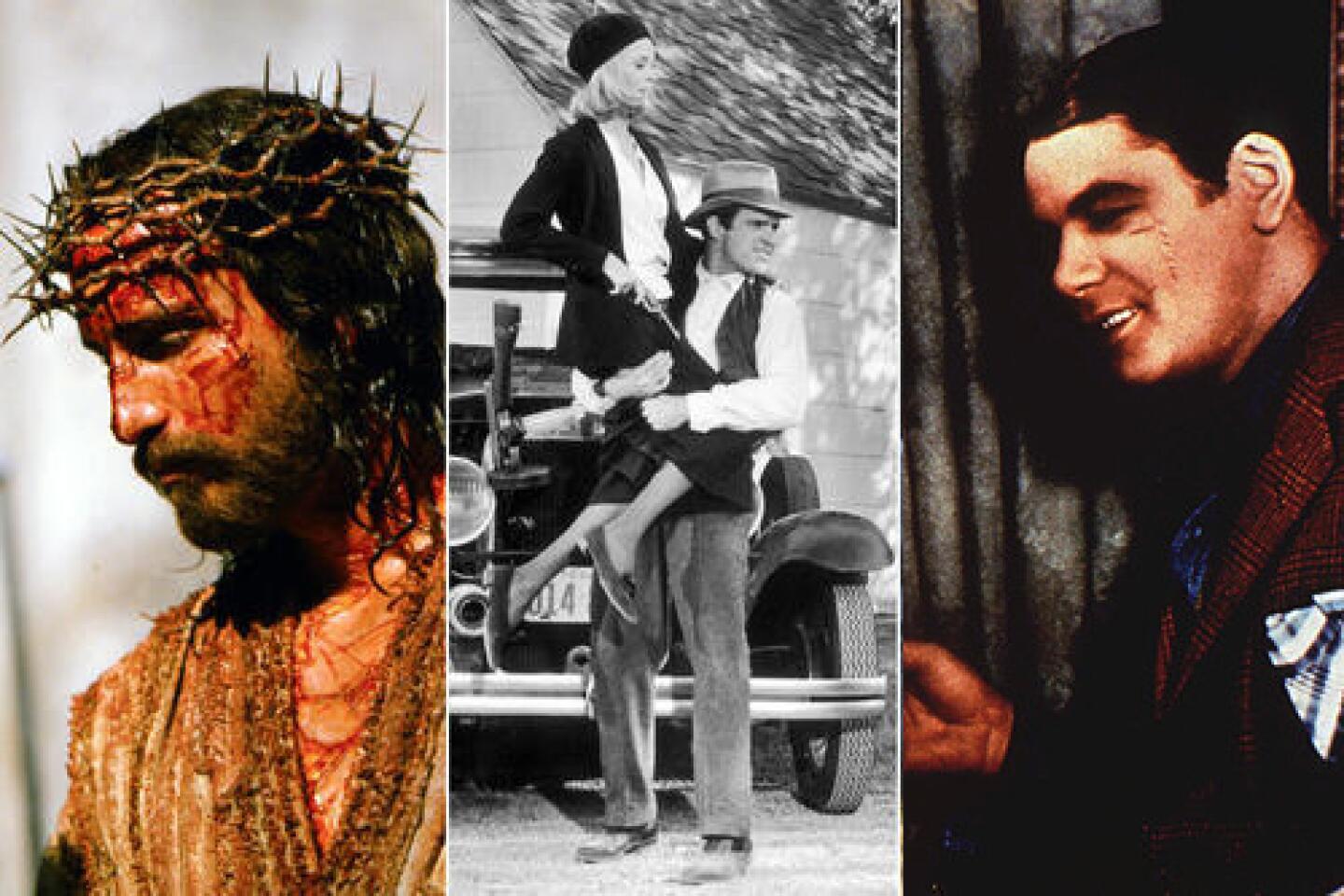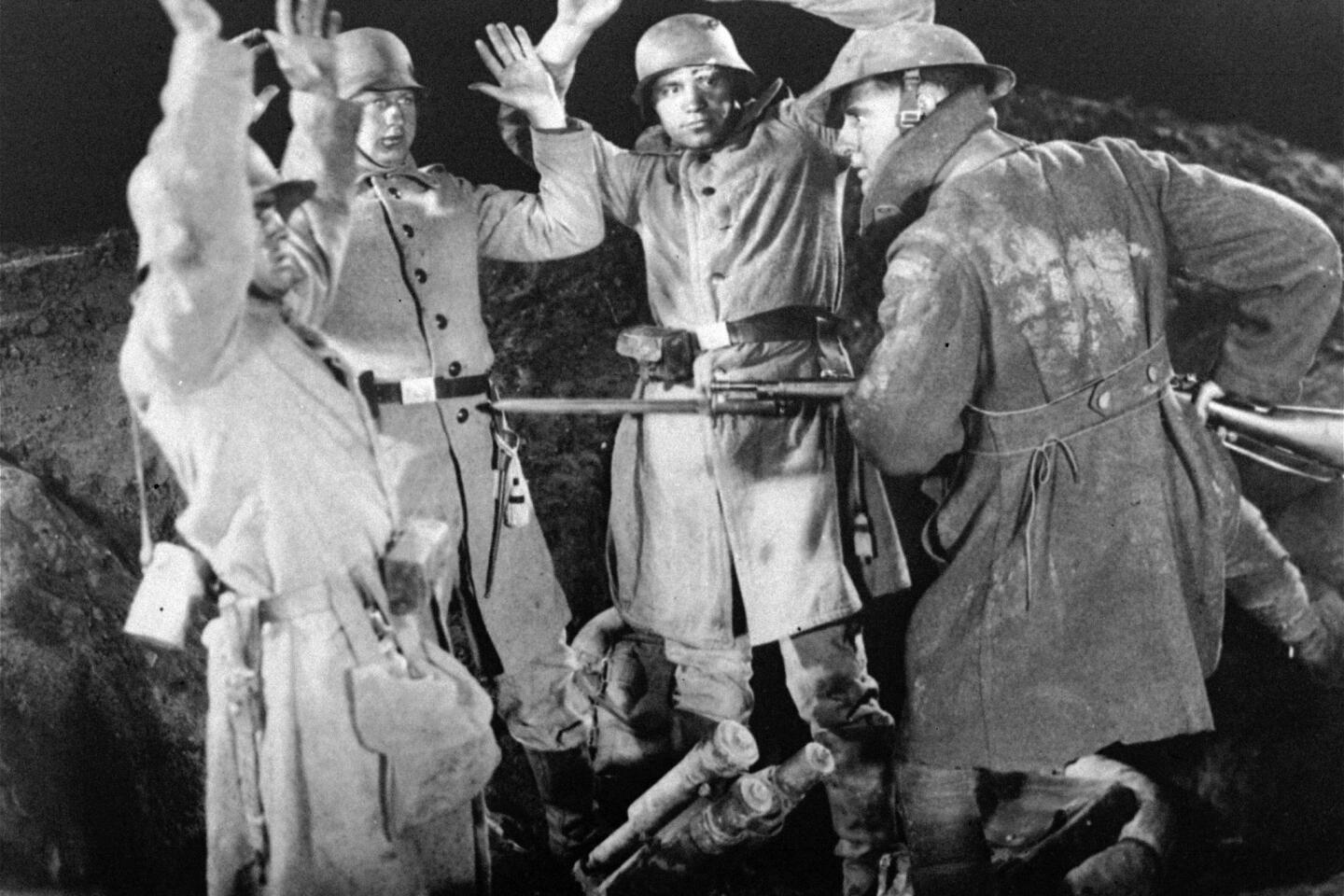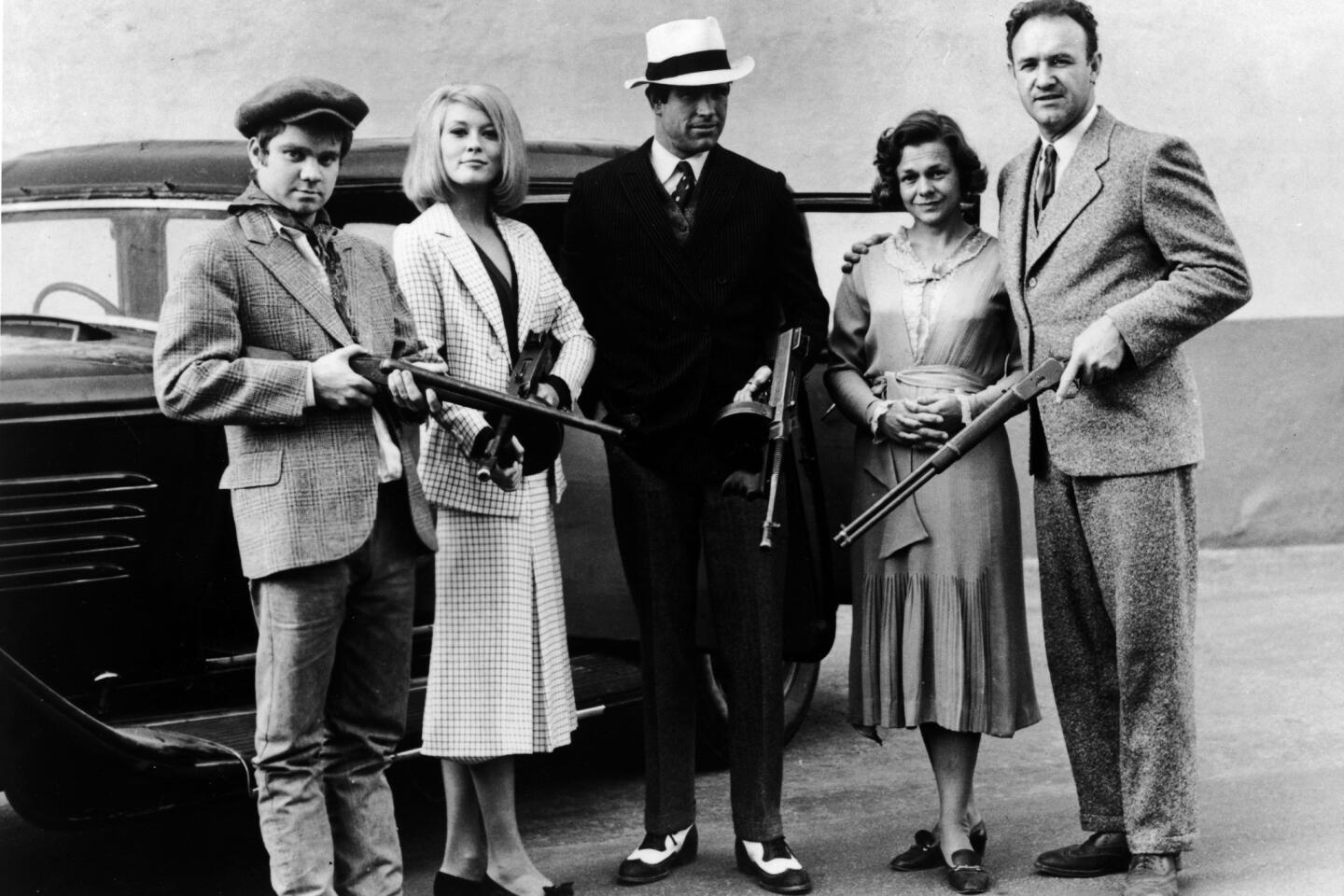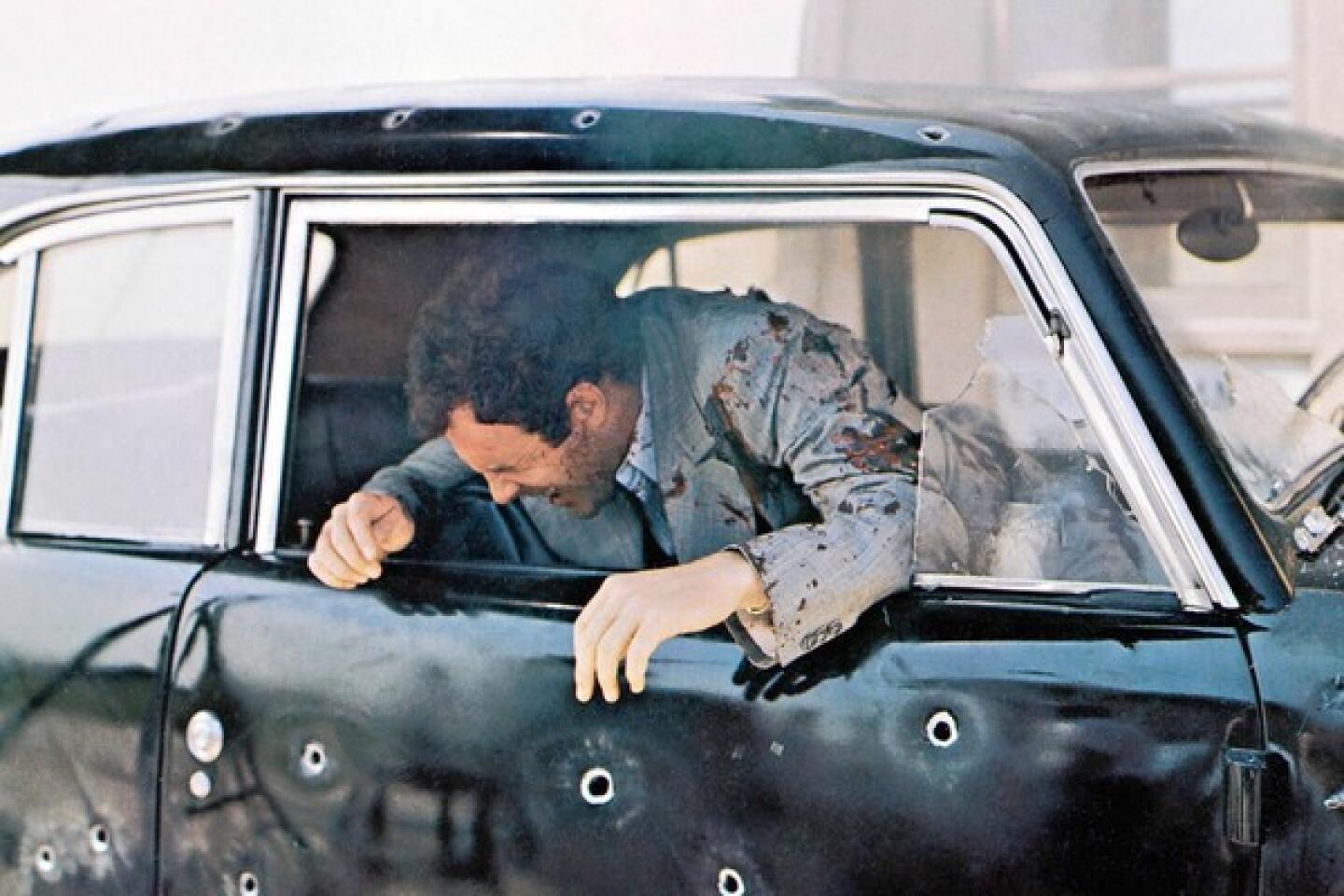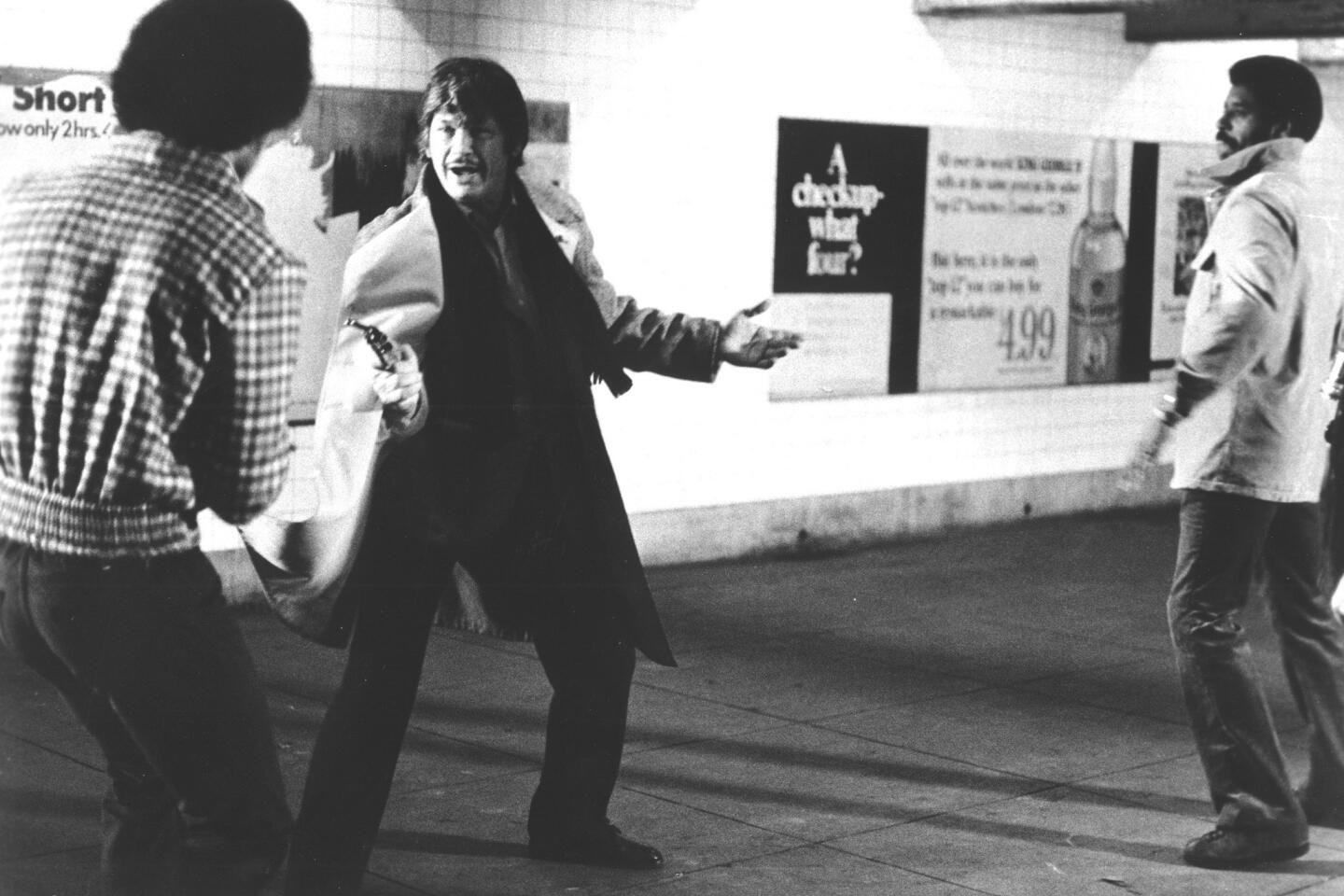Christ on the cross: a violent image as an act of commiseration
No image I know in the history of Western painting is more brutal than the crucifixion scene in the Isenheim Altarpiece. Its violence would make Quentin Tarantino blush.
When German Renaissance artist Matthias Grünewald first set brush to limewood panel to paint the mammoth altarpiece around 1512, however, his intention was not to gross out viewers. Shock them, perhaps, but not disgust them.
In fact the artist had something entirely different in mind — something generous and committed. The cruelty and unspeakable anguish in Grünewald’s altar turned the volume up high, but the image had a benign purpose. This is a violent picture that was meant to console, offering a viewer some comfort.
THE CULTURE OF VIOLENCE: Art | Film | Television | Hollywood
After the horrific slaughter of 6- and 7-year old children at Sandy Hook Elementary School in December, the debate about safety in a society awash in guns has taken on a new urgency. Setting aside actual weaponry, it’s easy to finger brutal images as culprits.
It’s also a diversionary error.
Arguments today about movies, video games, graphic novels and other popular forms of art that revel in violence often proceed from an assumption about the inevitability of causing psychic harm. But the Isenheim Altarpiece, with all its soul-crushing blood and gore, begs to differ.
Grünewald’s altarpiece is huge. A giant machine with a dozen panels that open and close in various configurations for specific feast days, it took four years to build and paint. (Niclaus of Haguenau carved the elaborate decorations on the back.) Even when its multiple panels are closed, the painting is nearly 9 feet high and just over 10 feet wide — Christian Cinemascope, as it were.
On various panels ragged hermits struggle in the wilderness. A figure of St. Sebastian, heroic captain of pagan Rome’s Praetorian guard, has miraculously survived being riddled with arrows for advocating his new Christian faith. A young and ascetic St. Anthony faces fearsome desert torment by shrieking devils who beat him with clubs and tear at his limbs, but he stays serene.
Originally the work decorated the high altar of a hospital’s chapel in an Antonite monastery, so St. Anthony gets special consideration. A second panel shows him as a stoic church elder, survivor of a world of hurt now standing atop a pedestal — a living statue for the ages.
THE CULTURE OF VIOLENCE: Video Games | World Cinema
Grünewald also painted elaborate scenes from the life of Jesus. Each unfolds in a dazzling blaze of gem-like color.
When the altarpiece wings are opened, the story is told from left to right. First is the Annunciation by the angel Gabriel to the Virgin Mary, who swoons at the news of her divine pregnancy; then a lush celebration around the Nativity; and finally a dramatic, almost hallucinatory vision of Christ’s triumphant ascension from the tomb.
Through lavish design this exquisite sequence tells of coming life, the start of life and eternal life. And when the wings are closed to hide it — which is most of the time — the altar’s front portrays the opposite: A shockingly gruesome crucifixion displays a barbarous death.
“It is as if a typhoon of art had been let loose and was sweeping you away,” wrote the great 19th century decadent novelist Joris-Karl Huysmans of this harrowing scene in the darkness at Calvary, “and you need a few minutes to recover from the impact, to surmount the impression of awful horror made by the huge crucified Christ.”
The figure hangs heavily on the cross, its dead weight told by the slight downward arc of the horizontal post to which his mangled hands are nailed. He is roughly life-size. Jesus’ scarred and putrefying body relates directly to the painting’s viewer.
But simultaneously the near-corpse is monumental, more than a head taller and commensurately bulkier than the grieving figures that surround him. Grünewald’s brilliant composition makes Jesus at once mortal and massive, both part of humanity and larger than it.
We are implored to recognize that we might become the same.
Jesus’ family and friends — St. John, the Virgin and Mary Magdalen — bend away from the cross at the left, as if pushed back in a wave of revulsion at the noxious sight. The alarming crucifixion, surrounded by gloom, is a concentrated vision of hysteria.
A spectral John the Baptist, long-since dead, stands at the right pointing with a bony finger. An admonishing Latin inscription declares that the Baptist’s prophetic role is now over and Christ’s redeemer role has begun.
THE CULTURE OF VIOLENCE: On-screen history | Theater | Research
Grünewald didn’t show Jesus as a classically idealized man of sorrows, the way an Italian painter might. Instead he made him a physical ruin — muscles stretched, splayed fingers as jagged as the sharp thorns in his crown, palms and feet hammered bloody with nails, excruciating flesh turning blue-green as life drains out of it.
The torso’s downward sag contrasts with the arms’ upward thrust, culminating in explosive hands. The figure feels torn in two.
The entire scene is shoved into a foreground from which there is no visual escape. It is brightly illuminated against the blackness, as if glimpsed in a flash of lightning.
The altarpiece is today displayed in the Unterlinden Museum, a former convent in the small Alsatian city of Colmar, France, about 15 miles down the road from its original home in Isenheim and near the modern borders of Germany and Switzerland. As a painting made for a hospital, though, establishing a powerful identification with the hideous suffering and death of Christ was essential to the artist’s task. Grünewald gave it all he had.
The monks at the hospital ministered to victims of ergotism — Saint Anthony’s fire — a horrible illness now known to be caused by a fungus that grows on rye. Epidemic in its day, ergotism infected people who ate tainted bread.
Its debilitating, often deadly symptoms include convulsive seizures, degeneration of the central nervous system, gangrene in the extremities and sloughing of skin. On Jesus’ wracked body, Grünewald shows all of them and more.
This appalling crucifixion offers deep solace to a suffering patient. Partly that’s because the image is a projection of the viewer’s own brutal agonies, thus representing an acute understanding. Partly it’s a matter of faith.
In the United States last year there were seven mass shootings and a record number of gun fatalities — more than 30,000. Mother Jones compiled a list of 61 mass murders carried out with firearms in the last three decades, the killings unfolding in 30 states. The Harvard Injury Control Research Center has found substantial evidence that more guns means more murders, undercutting those who advocate for an acceleration in the number of armed citizens.
Another response to the carnage has been to blame pictures, pitting the 2nd Amendment against the 1st. It’s true that picture-makers want their images to have an effect, but it’s a fallacy that the effect of every violent image must be negative. The alarming violence of the Isenheim Altarpiece offers a lesson.
Intensified by Grünewald’s gruesome depiction, the story of the crucifixion is a story of Jesus’ radical refusal to match with equally ferocious force the violence brought to bear against him. The Passion’s brutal narrative asserts the ultimate power of nonviolence.
We don’t know all that much about Matthias Grünewald — even why his likely birth name, Mathis Gothart Nithart, fell by the wayside — and the shadowy biography we do have has been repeatedly revised since the artist’s rediscovery in Huysmans’ day. From his astounding altarpiece, however, we do know this: His belief in the ameliorating capacity of the violent image was profound.
More to Read
The biggest entertainment stories
Get our big stories about Hollywood, film, television, music, arts, culture and more right in your inbox as soon as they publish.
You may occasionally receive promotional content from the Los Angeles Times.
